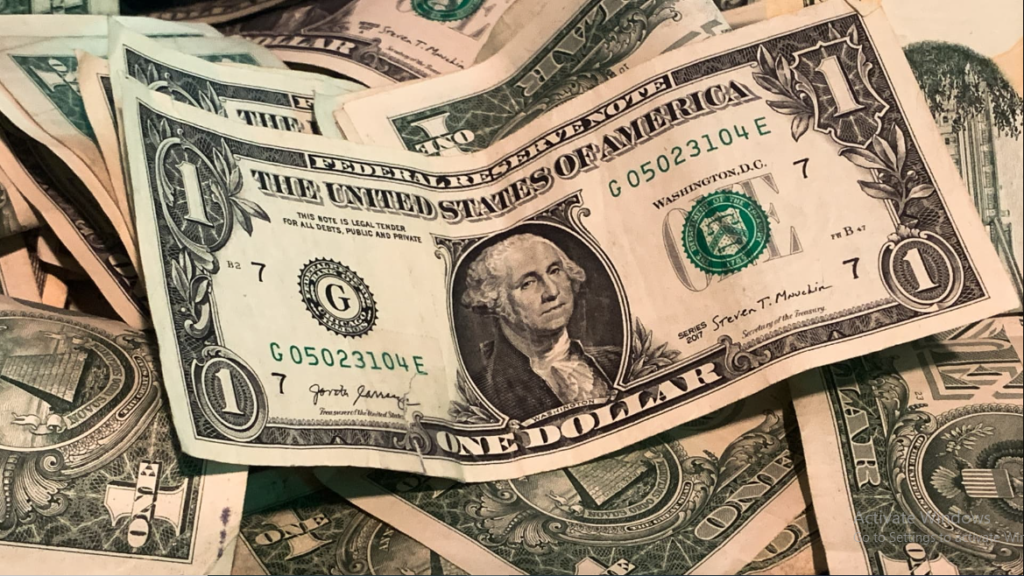The US Dollar (USD) is having a hard time finding demand at the beginning of the week as investors assess the latest macroeconomic data releases from the United States (US) and comments from the Federal Reserve (Fed) officials. The US Dollar Index, which tracks the USD’s performance against a basket of six major currencies, registered small losses on Monday and extended its slide below 102.50 early Tuesday.
The US Census Bureau will release the Retail Sales data for April in the early American session on Tuesday, and the Federal Reserve will publish the Industrial Production report. More importantly, US President Joe Biden will meet with Republican House of Representatives Speaker Kevin McCarthy and three other top congressional leaders at 1900 GMT for the next round of debt limit negotiations.
Daily digest market movers: US Dollar loses altitude following previous week’s rally
- The data from the US showed on Monday that the headline General Business Conditions Index of the Federal Reserve Bank of New York’s Empire State Manufacturing survey slumped to -31.8 in May from 1.8 in April.
- In an interview with CNBC on Monday, Chicago Federal Reserve Bank President Austan Goolsbee said they need to monitor more than standard data sets and be attuned to credit conditions when deciding on a policy.
- Minneapolis Federal Reserve Bank President Neel Kashkari reiterated that inflation is “much too high” and that they have a long way to go before reaching the inflation goal.
- Atlanta Federal Reserve President Raphael Bostic told Bloomberg on Monday that if he were voting now, he would vote to hold rates in June. However, he warned that he has to keep a possible rate hike on the table.
- US House Speaker Kevin McCarthy told reporters that Congressional and White House negotiators were still far apart in talks to raise the debt ceiling to avoid a default.
- Retail Sales in the US are forecast to rise 0.7% in April following the 0.6% decrease recorded in March. Industrial Production is expected to stay unchanged monthly.
- “If Congress fails to increase the debt limit, it would cause severe hardship to American families, harm our global leadership position, and raise questions about our ability to defend our national security interests,” warned US Treasury Secretary Yellen.
- Following a two-day rally, the benchmark 10-year US Treasury bond yield stays in negative territory below 3.5%.
- Wall Street’s main indexes recorded small gains on Monday. Early Tuesday, US stock index futures traded virtually unchanged on the day.
US Dollar Index Technical Analysis: Bullish Momentum Fades
The US Dollar Index (DXY) closed slightly below the 50-day Simple Moving Average (SMA) on Monday, currently at around 102.50, and stayed below that level on Tuesday. Furthermore, the Relative Strength Index (RSI) indicator on the daily chart retreated to the 50 areas, reflecting the loss of bullish momentum.
On the downside, 102.00 (psychological level, static level) aligns as the first technical support ahead of 101.75 (20-day SMA). A daily close below the latter could open the door for an extended slide toward 101.00 (psychological level, static level).
If the DXY stabilizes above 102.50, it is likely to face strong resistance at 103.00 (psychological level, 100-day SMA) before targeting 103.60 (static level from February).
How Does Fed’s Policy Impact US Dollar?
The US Federal Reserve (Fed) has two mandates: maximum employment and price stability. The Fed uses interest rates as the primary tool to reach its goals but has to find the right balance. If the Fed is concerned about inflation, it tightens its policy by raising the interest rate to increase the cost of borrowing and encourage saving. In that scenario, the US Dollar (USD) will likely gain value due to decreasing money supply. On the other hand, the Fed could decide to loosen its policy via rate cuts if it’s concerned about a rising unemployment rate due to a slowdown in economic activity. Lower interest rates are likely to lead to a growth in investment and allow companies to hire more people. In that case, the USD is expected to lose value.
The Fed also uses quantitative tightening (QT) or quantitative easing (QE) to adjust the size of its balance sheet and steer the economy in the desired direction. QE refers to the Fed buying assets, such as government bonds, in the open market to spur growth, and QT is precisely the opposite. QE is widely seen as a USD-negative central bank policy action and vice versa.

